
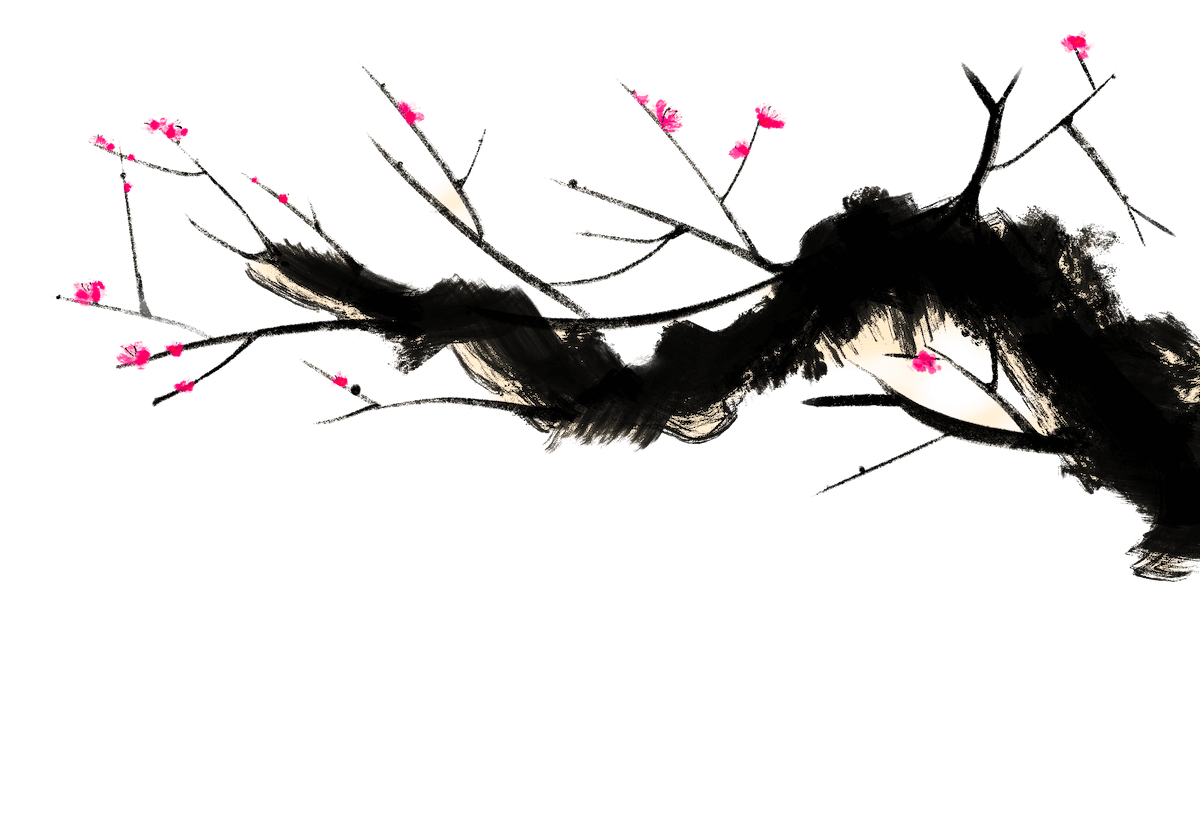
Sakura Spectacle
Your Ultimate Guide to Cherry Blossom Season in Japan



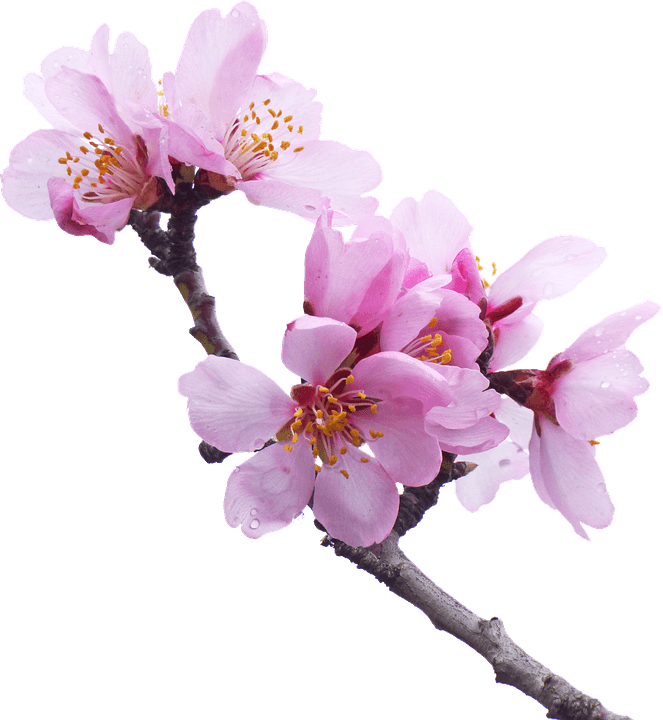


Sakura Spectacle
Your Ultimate Guide to Cherry Blossom Season in Japan




When and Where
Timing is Everything: The cherry blossoms typically bloom in March or April, but the exact timing varies by region and depends on weather conditions. It's essential to keep an eye on bloom forecasts.
Top Spots: Some of the most famous cherry blossom spots include Tokyo's Ueno Park, Kyoto's Maruyama Park, Osaka Castle Park, and Nara Park. Each region offers unique experiences.
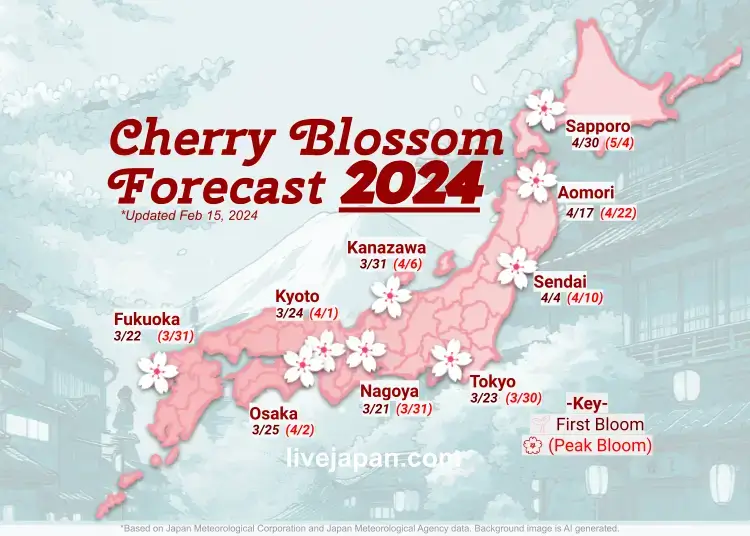
Hanami, the cherished tradition of flower viewing, has deep roots in Japan’s cultural tapestry. Dating back over a thousand years, this practice of appreciating the transient beauty of cherry blossoms has evolved into a nationwide celebration that transcends seasons.
The origins of Hanami can be traced to the Nara Period (710-794). Initially, it was an aristocratic custom where elite classes admired cherry blossoms and wrote poetry beneath the blooming sakura trees. The blossoms, with their ephemeral beauty, became a metaphor for the fleeting nature of life.
As Japan transitioned into the Heian Period (794-1185), Hanami expanded beyond the aristocracy. Hanami festivals, known as “ume matsuri,” became popular, focusing not only on cherry blossoms but also plum blossoms. These festivals marked a shift toward a more inclusive celebration of nature’s beauty.
During the feudal era, particularly under the Tokugawa shogunate, samurai embraced Hanami as a way to appreciate the transience of life and the beauty that could be found even in the midst of conflict. Cherry blossoms adorned battle gear, embodying the samurai spirit.
Hanami Today:
In contemporary Japan, Hanami remains one of the most anticipated events of the year. People gather in parks, along riverbanks, and at temples to partake in picnics and festivities beneath the blooming cherry trees. The blossoms, representing renewal and the fleeting nature of life, evoke a sense of introspection and appreciation for the present moment.
Conclusion:
Hanami, rooted in ancient poetry and aristocratic customs, has blossomed into a cultural phenomenon that unites people across generations and backgrounds. Beyond being a celebration of nature’s beauty, Hanami embodies the essence of Japanese philosophy, reminding us to savor life’s fleeting moments. As spring arrives, so does the timeless tradition of Hanami, inviting people to come together beneath the delicate petals and celebrate the beauty that unfolds before them.
Hanami, the cherished tradition of flower viewing, has deep roots in Japan’s cultural tapestry. Dating back over a thousand years, this practice of appreciating the transient beauty of cherry blossoms has evolved into a nationwide celebration that transcends seasons.
The origins of Hanami can be traced to the Nara Period (710-794). Initially, it was an aristocratic custom where elite classes admired cherry blossoms and wrote poetry beneath the blooming sakura trees. The blossoms, with their ephemeral beauty, became a metaphor for the fleeting nature of life.
As Japan transitioned into the Heian Period (794-1185), Hanami expanded beyond the aristocracy. Hanami festivals, known as “ume matsuri,” became popular, focusing not only on cherry blossoms but also plum blossoms. These festivals marked a shift toward a more inclusive celebration of nature’s beauty.
During the feudal era, particularly under the Tokugawa shogunate, samurai embraced Hanami as a way to appreciate the transience of life and the beauty that could be found even in the midst of conflict. Cherry blossoms adorned battle gear, embodying the samurai spirit.
Hanami Today:
In contemporary Japan, Hanami remains one of the most anticipated events of the year. People gather in parks, along riverbanks, and at temples to partake in picnics and festivities beneath the blooming cherry trees. The blossoms, representing renewal and the fleeting nature of life, evoke a sense of introspection and appreciation for the present moment.
Conclusion:
Hanami, rooted in ancient poetry and aristocratic customs, has blossomed into a cultural phenomenon that unites people across generations and backgrounds. Beyond being a celebration of nature’s beauty, Hanami embodies the essence of Japanese philosophy, reminding us to savor life’s fleeting moments. As spring arrives, so does the timeless tradition of Hanami, inviting people to come together beneath the delicate petals and celebrate the beauty that unfolds before them.
Hanami - The Cherry Blossom Viewing Tradition:

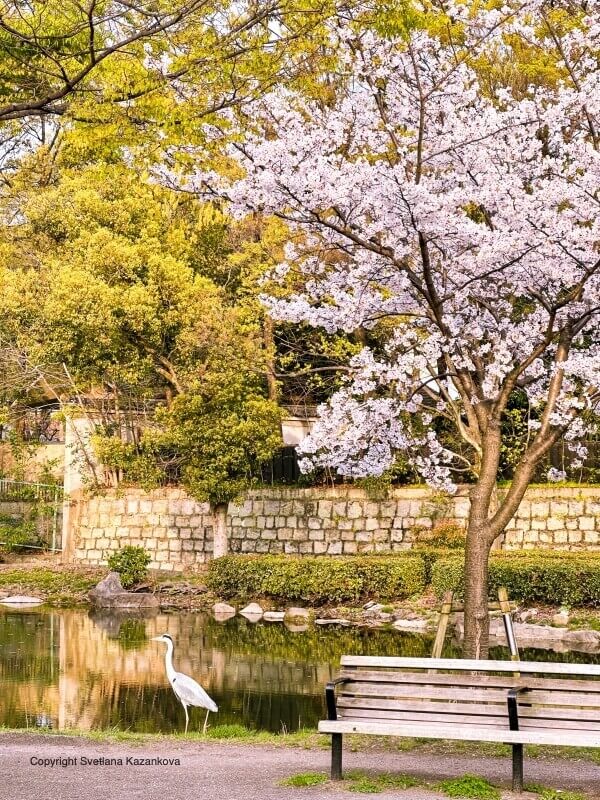
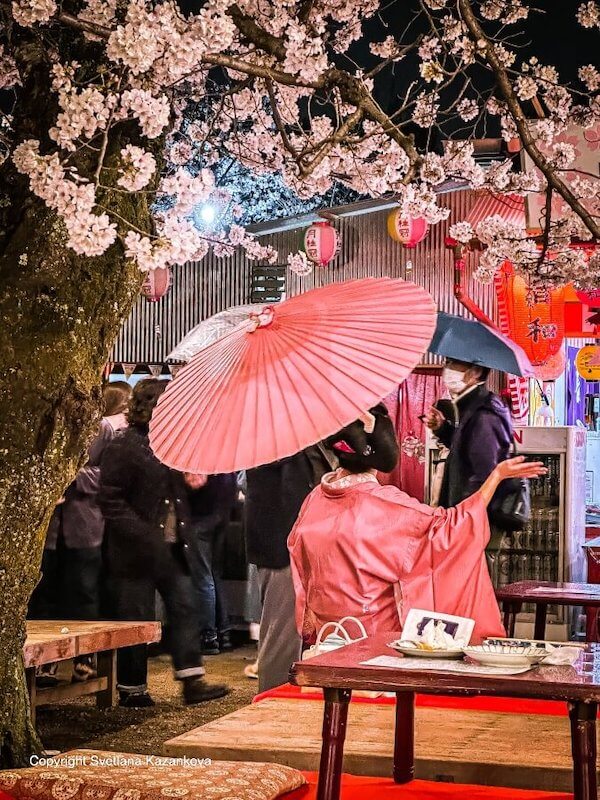
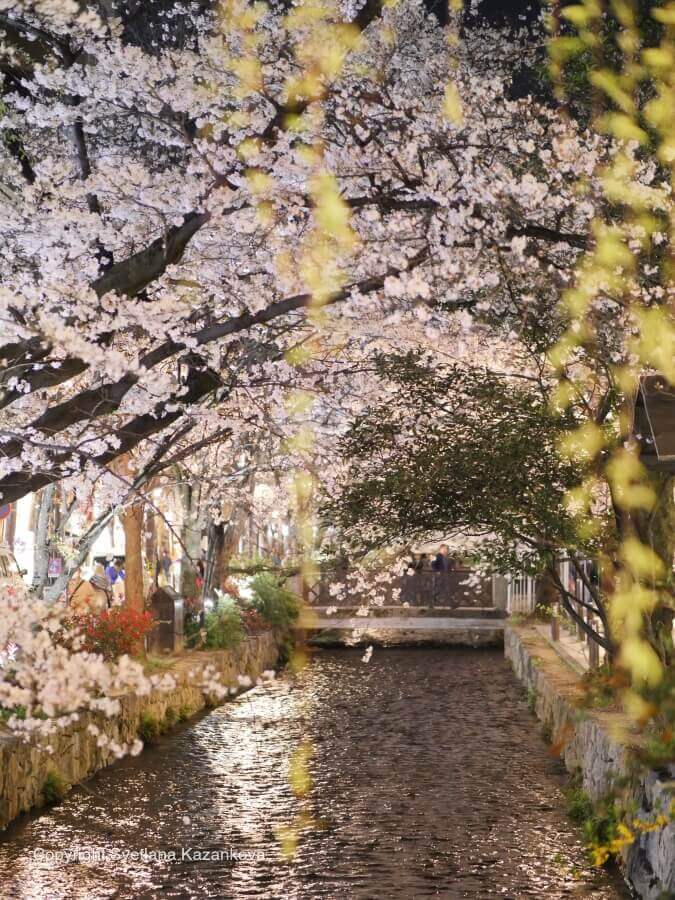
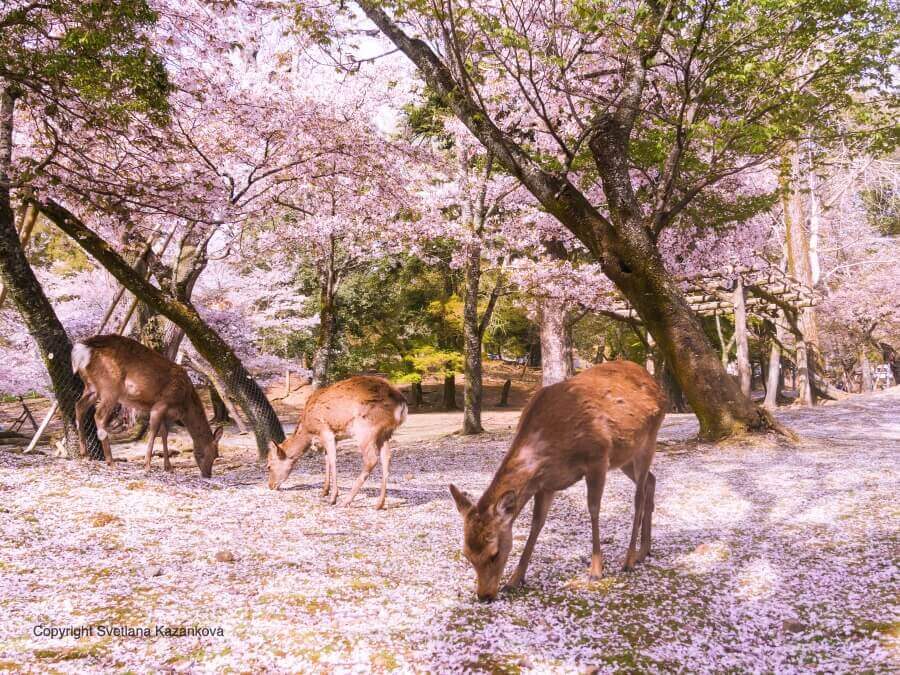
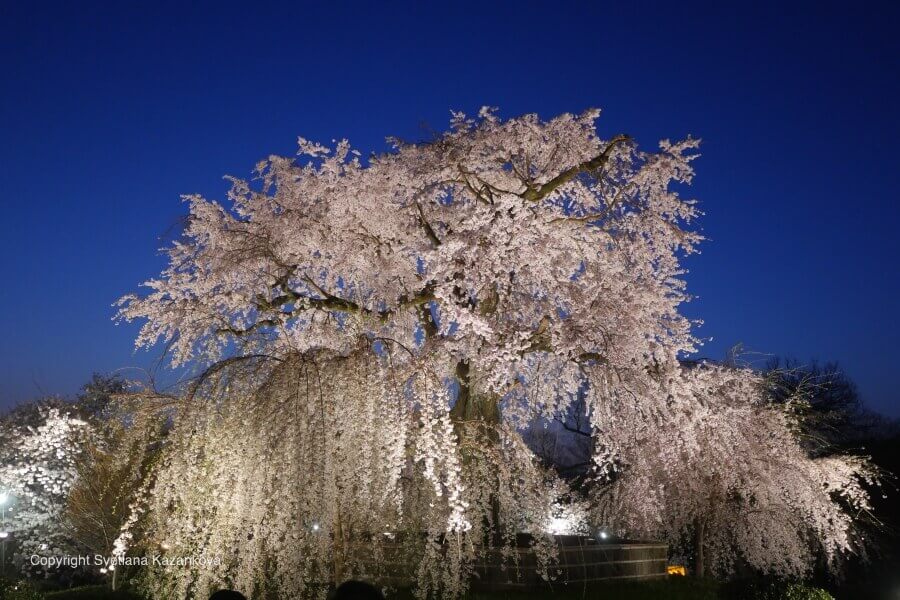
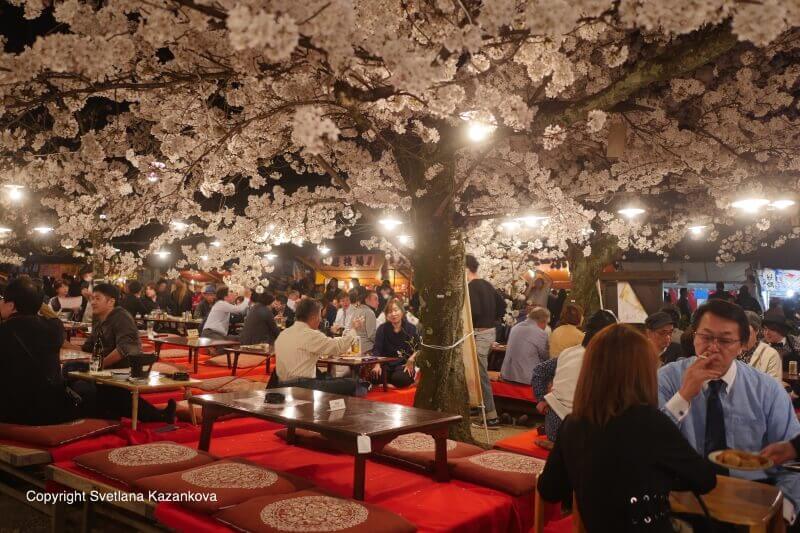







As spring unfolds its vibrant tapestry in Japan, the arrival of cherry blossoms not only paints the landscapes with hues of pink but also inspires a delectable array of cherry blossom treats that capture the essence of this fleeting season. From savory delights to sweet indulgences, these culinary creations add a touch of sakura magic to the gastronomic experience.
Sakura Mochi: This traditional sweet consists of sweet glutinous rice cake filled with sweet red bean paste, wrapped in a pickled cherry leaf. The combination of the chewy mochi, the subtle sweetness of the red bean paste, and the fragrant cherry leaf creates a harmonious flavor profile that delights the senses.
Sakura-flavored Wagashi: Wagashi, traditional Japanese confections, undergo a delightful transformation during cherry blossom season. Crafted in the shape of cherry blossoms or adorned with edible petals, these sweets often feature sakura-infused flavors, infusing a hint of floral elegance into every bite.
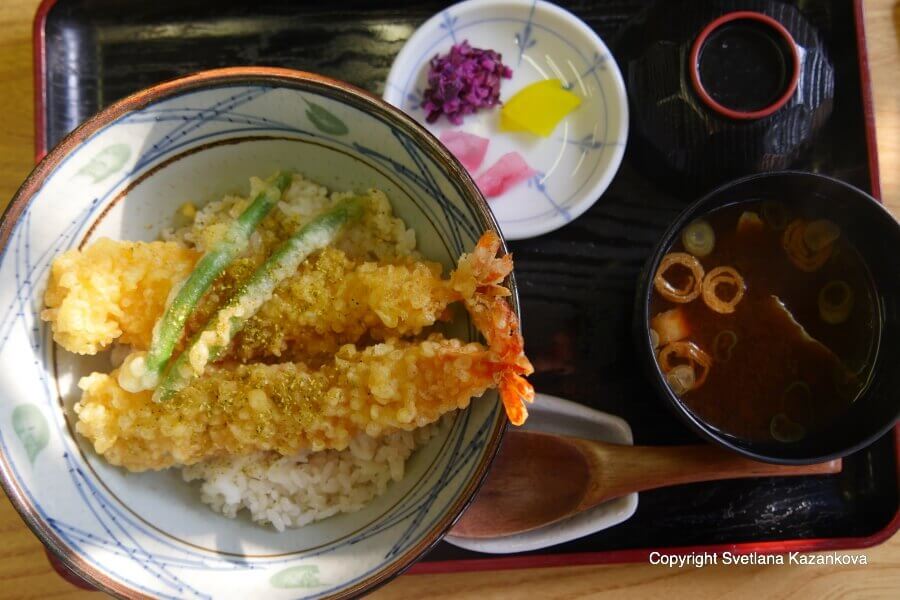
Sakura-flavored Kit Kats: Sakura-flavored Kit Kats offer a delightful blend of white chocolate infused with the subtle taste of cherry blossoms. These limited-edition treats are a sought-after souvenir during the spring season.
Sakura Ice Cream: As temperatures begin to rise, sakura ice cream becomes a refreshing indulgence. The delicate floral notes of cherry blossoms complement the creamy texture, creating a delightful frozen treat that captures the essence of spring in every spoonful.
Cherry Blossom Etiquette:
Respect Nature: Be mindful not to damage the trees or pluck blossoms. The Japanese deeply respect the fleeting beauty of the sakura.
Clean Up: If you have a hanami picnic, make sure to clean up after yourself.
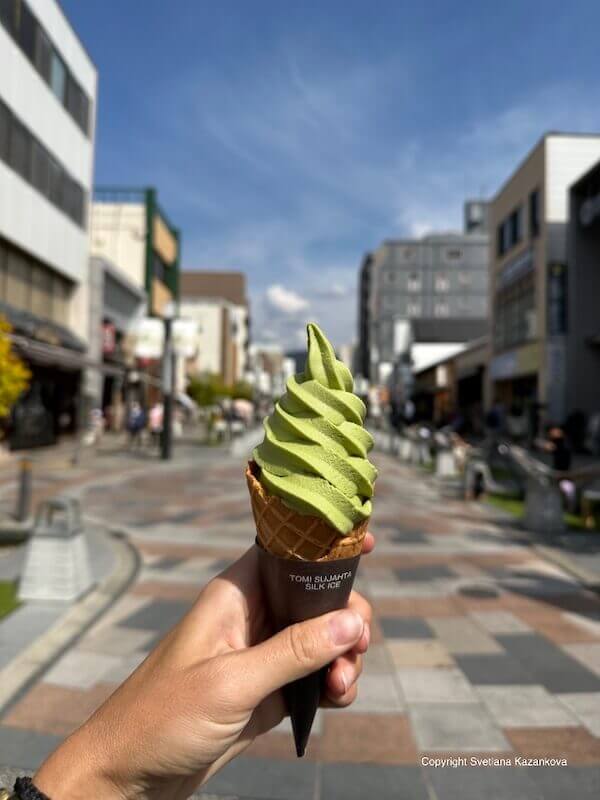

In Kyoto, the ancient capital of Japan, the arrival of cherry blossoms heralds the much-anticipated season of Hanami, transforming the city into a living canvas of delicate pink hues.

Higashiyama’s Historic Hanami: Wandering through Higashiyama during Hanami is akin to stepping into a time capsule. Historic streets lined with traditional machiya houses lead to iconic temples such as Yasaka Shrine and Kodai-ji, where cherry blossoms enhance the allure of ancient architecture.
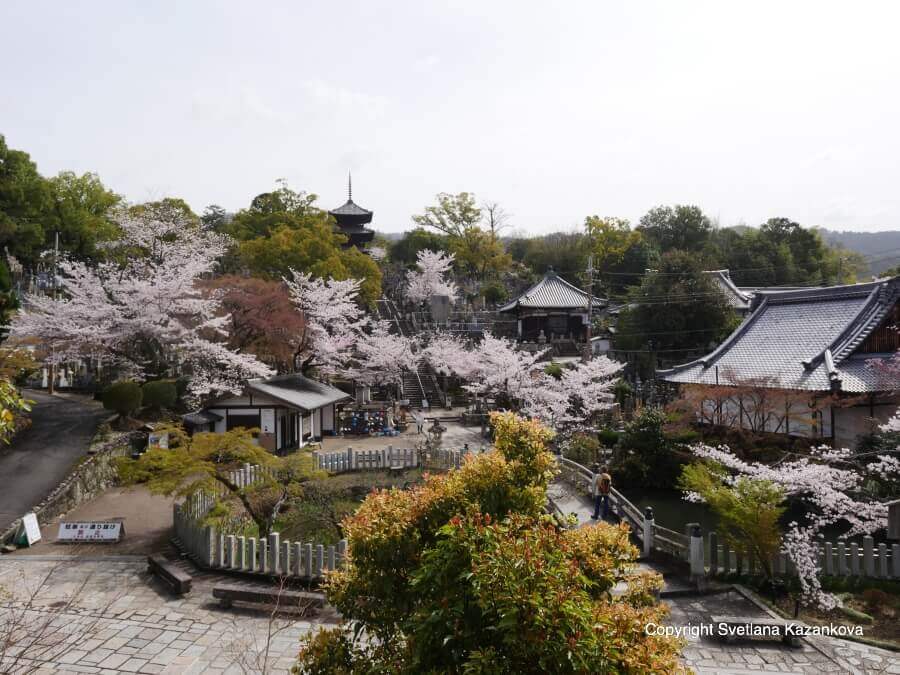
Maruyama Park, nestled in the Higashiyama district, is a Hanami haven in Kyoto. The centerpiece is a venerable weeping cherry tree, illuminated at night, casting a magical glow over Hanami revelers. Under its branches, locals and visitors alike gather for food, drink, and shared moments beneath the blossoms.
Kyoto’s commitment to preserving Hanami extends into the evening with light-up events. Temples and gardens, such as Kiyomizu-dera and Kodai-ji, showcase cherry blossoms under the soft glow of lanterns, providing a touch of enchantment.

Philosopher’s Path in Bloom: Hanami along the Philosopher’s Path is a serene and contemplative experience. This canal-side walkway is adorned with hundreds of cherry trees, creating a breathtaking tunnel of blossoms. It’s a favorite spot for quiet reflection and appreciation of the ephemeral beauty of spring.
Kyoto’s culinary scene during Hanami is a sensory delight. Local specialties, including sakura mochi and yudofu (tofu hot pot), are savored beneath blossoming trees. Tea houses along the Philosopher’s Path offer matcha tea and wagashi, creating a complete experience.
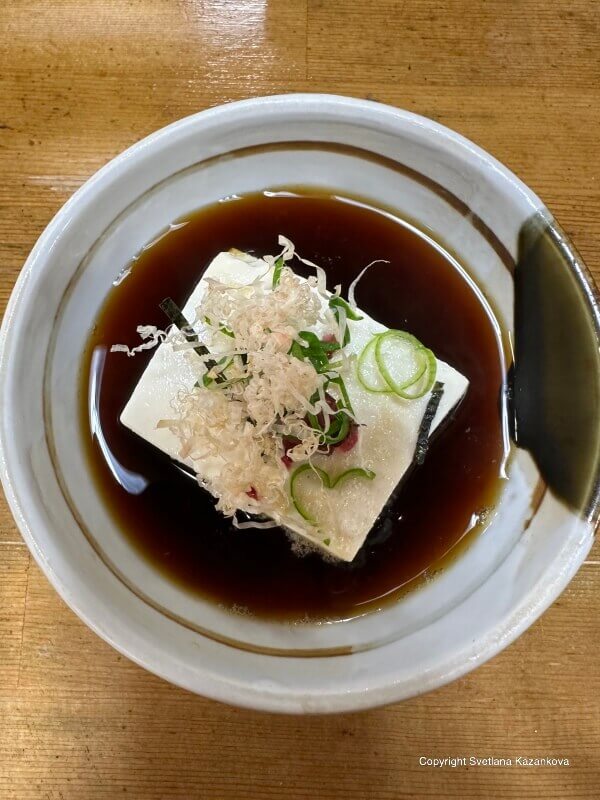
Staying Informed:
Bloom Forecasts: Keep an eye on cherry blossom forecasts, which predict when and where the blossoms will reach full bloom.
Practical Tips:
Accommodations: Book accommodations well in advance, as cherry blossom season is a busy time for tourists.
Weather Considerations: Spring weather can be unpredictable, so pack layers to adapt to changing temperatures.








Parting Thoughts: Cherry blossom season in Japan is a time of renewal, joy, and connection to nature. It's an opportunity to immerse yourself in the country's rich cultural traditions and natural beauty. Whether you're picnicking under the blossoms, attending festivals, or simply taking a stroll, the allure of sakura is an experience you'll cherish forever.
Parting Thoughts: Cherry blossom season in Japan is a time of renewal, joy, and connection to nature. It's an opportunity to immerse yourself in the country's rich cultural traditions and natural beauty. Whether you're picnicking under the blossoms, attending festivals, or simply taking a stroll, the allure of sakura is an experience you'll cherish forever.




